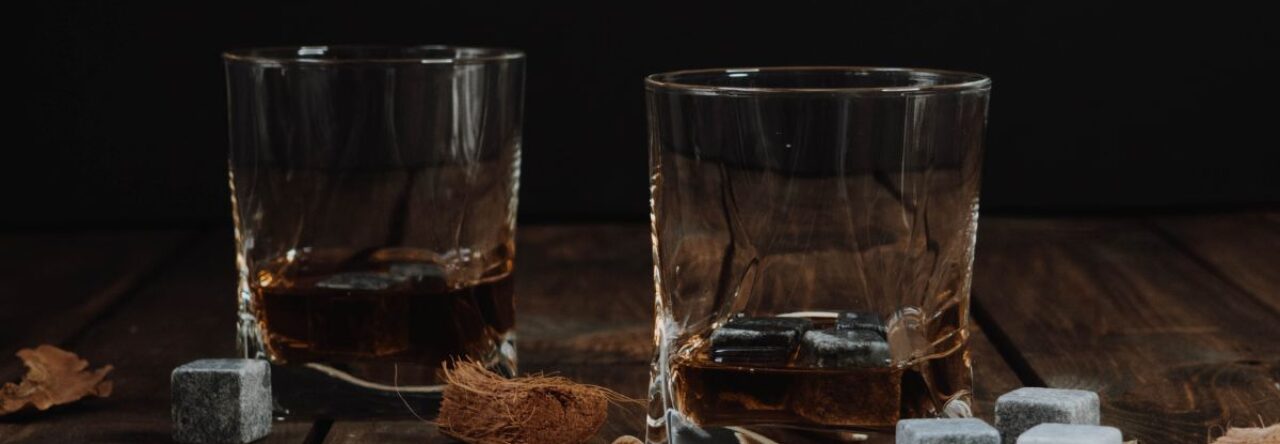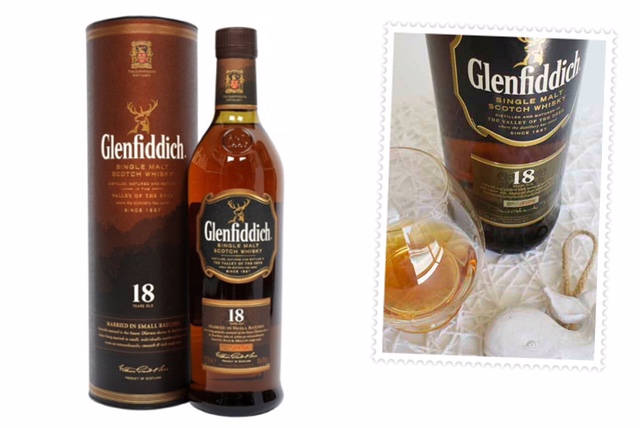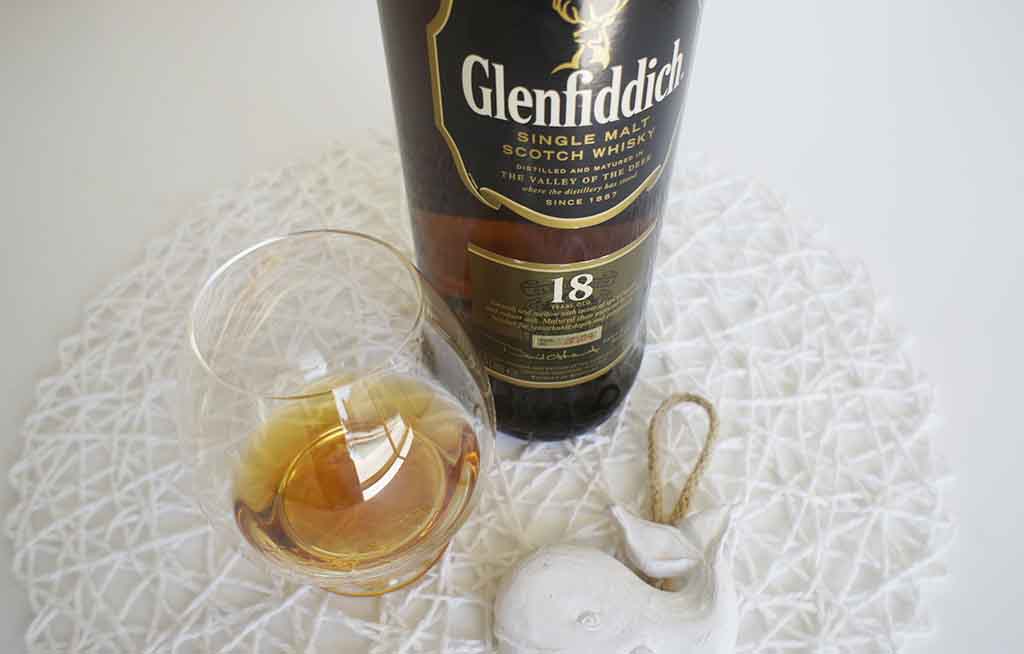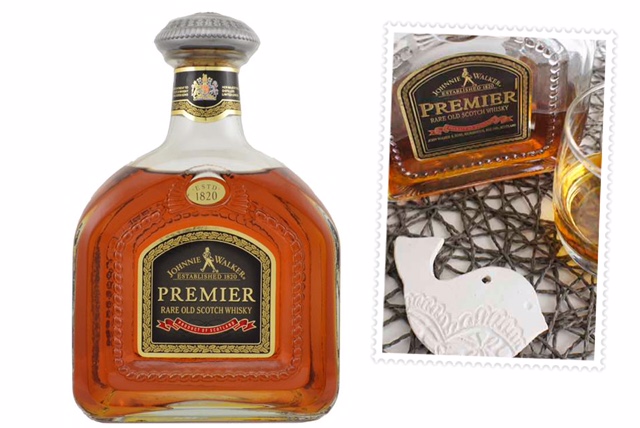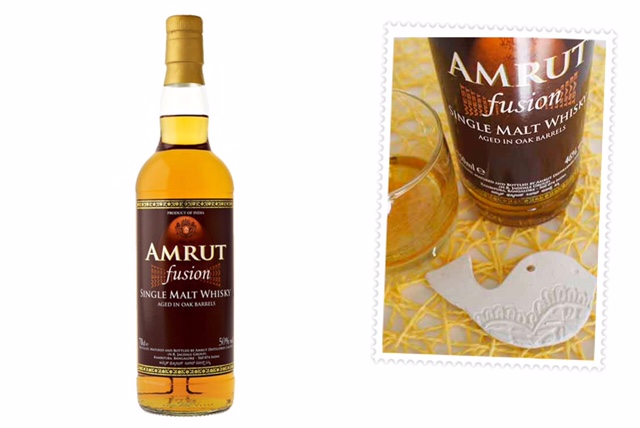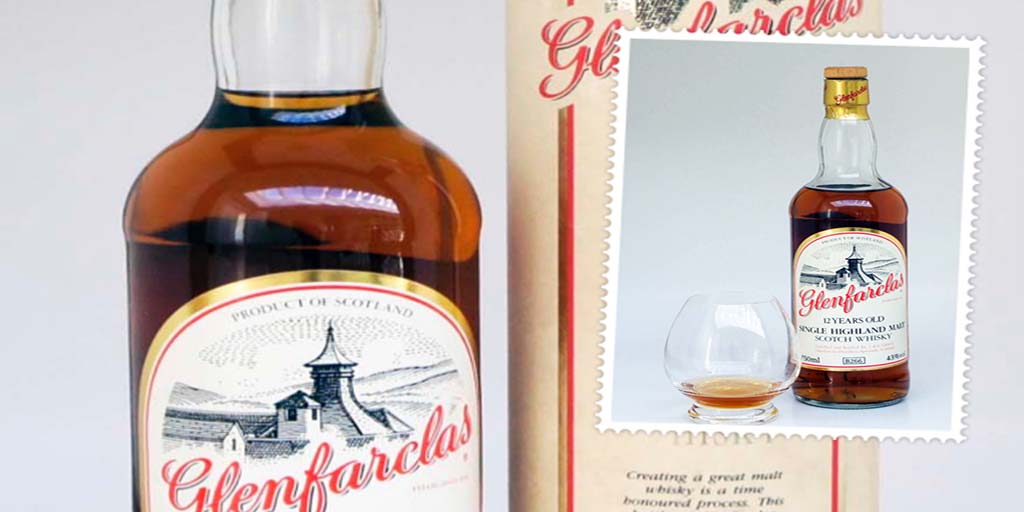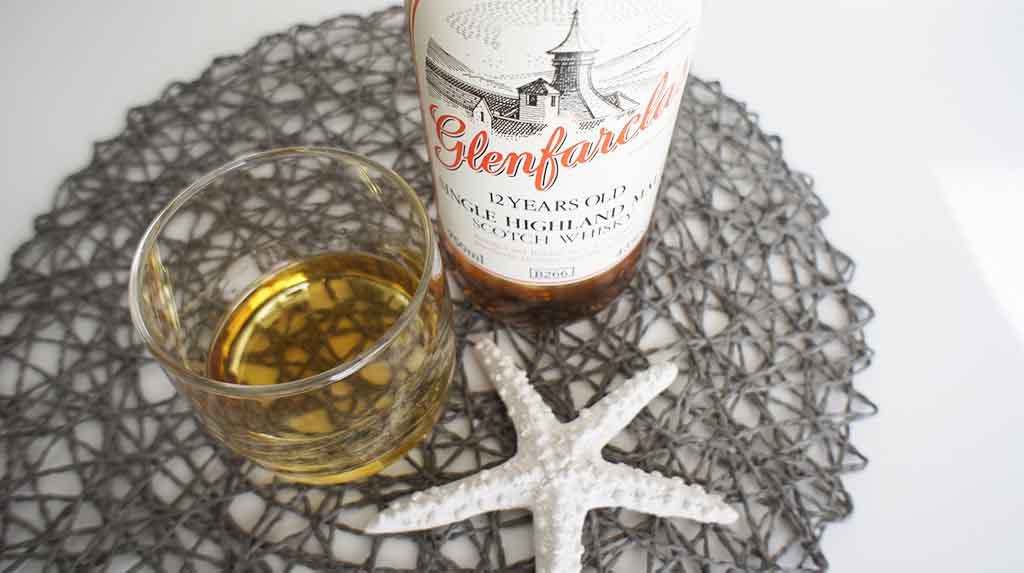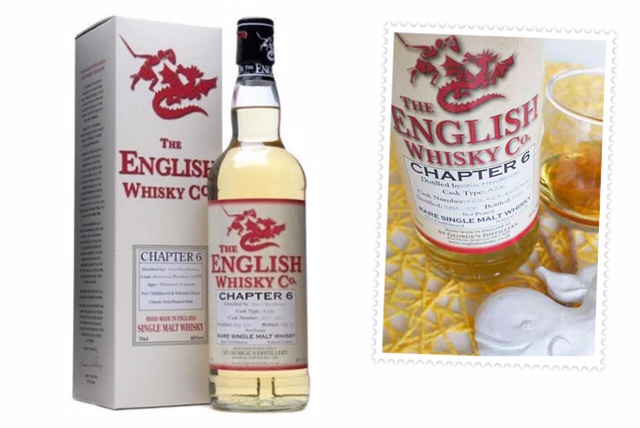 Whisky from England? Today I try The English Whisky Co Chapter 6 single malt whisky made in Norfolk at the St Georges Distillery. Although whisky distilling has been widespread in Scotland, just south of the border in England, whisky production was almost non-existent.
Whisky from England? Today I try The English Whisky Co Chapter 6 single malt whisky made in Norfolk at the St Georges Distillery. Although whisky distilling has been widespread in Scotland, just south of the border in England, whisky production was almost non-existent.
It stopped more than 100 years ago with the closing of the Lea Valley Distillery in 1903. It all changed when James Nelstrop retired. After spending his working life on projects around the globe, he decided to follow his dream upon retiring.
His vision was to make whisky in Norfolk. Together with his son Andrew, he obtained a distilling license in January 2006, and the English Whisky Co was born.
St. Georges Distillery in Roudham, Norfolk was built and the first barrels filled at the end of 2006. The grain for the whisky comes from Fakenham, the yeast comes from Kingston upon Hull, and the water comes from the Breckland. The first whisky came on to the market during 2009 and was three years old.

To indicate a sequence in their release schedule, St. Georges Distillery uses a sequential bottling system. Starting with Chapter 1, the distillery released a range of aged malt spirits and single malt whiskies.
Odd numbers in the range have been made using peated malt. Some exception exists such as Chapter 7 which was aged in Rum Casks. Now England has a place in the history of whisky again. The Saint George Distillery is stepping up and with courage and boldness, producing a magnificent golden liquid that England can be proud of.
Related Article: Penderyn Whisky
The English Whisky Co. Chapter 6 Whisky Review
 I have a bottle from Cask Type ASB, Cask Number 463,464, 465 and 466. Distilled in September 2007 and bottled in March 2011. It is not chill-filtered. The English Whisky Co. Chapter 6 single malt is unpeated. Iain Henderson was the distillery manager.
I have a bottle from Cask Type ASB, Cask Number 463,464, 465 and 466. Distilled in September 2007 and bottled in March 2011. It is not chill-filtered. The English Whisky Co. Chapter 6 single malt is unpeated. Iain Henderson was the distillery manager.
COUNTRY: England
ABV: 46%
COLOUR: The whisky is a light golden colour.
NOSE: The nose is very delicate. There are notes of barley, fresh fruit sweetness and fresh-cut grass. There are hints of vanilla and almond sweetness.
PALATE: Add water carefully as to not overwhelm this delicate whisky. The palate is an amazing surprise. I was expecting a delicate soft whisky but got a wonderfully robust full-bodied taste. There are notes of oak, barley and some citrus. The English Whisky Co Chapter 6 whisky has hints of fresh apples, vanilla sweetness and some nuts.
FINISH: It is a complex whisky with a long finish. It ends in notes of spice and oak.
RATING: EXCELLENT
A surprising mouthful of taste for a 3 yo whisky. It is probably one of the youngest whiskies in my collection, but this shows that age is not always a predictor of quality. It is a whisky that England can be proud of. I will certainly extend my collection with a few more bottles from this distillery when I get the chance.
Also Read: The Chita Whisky
